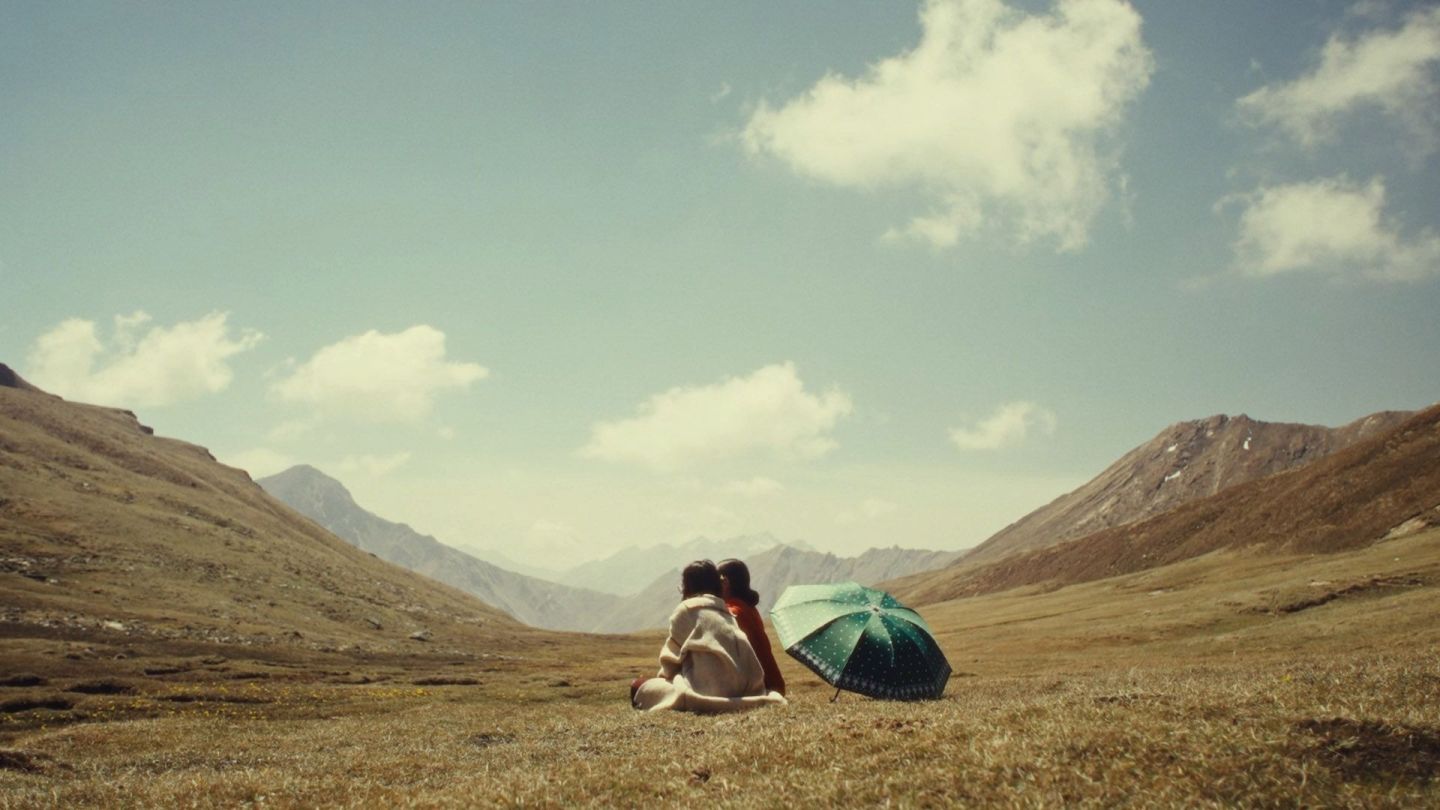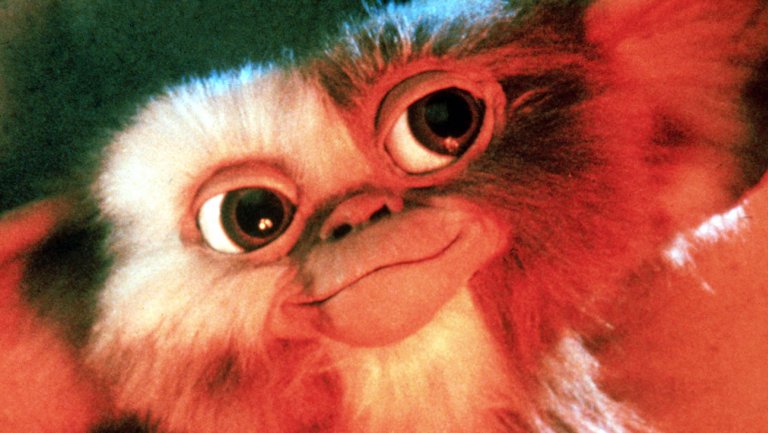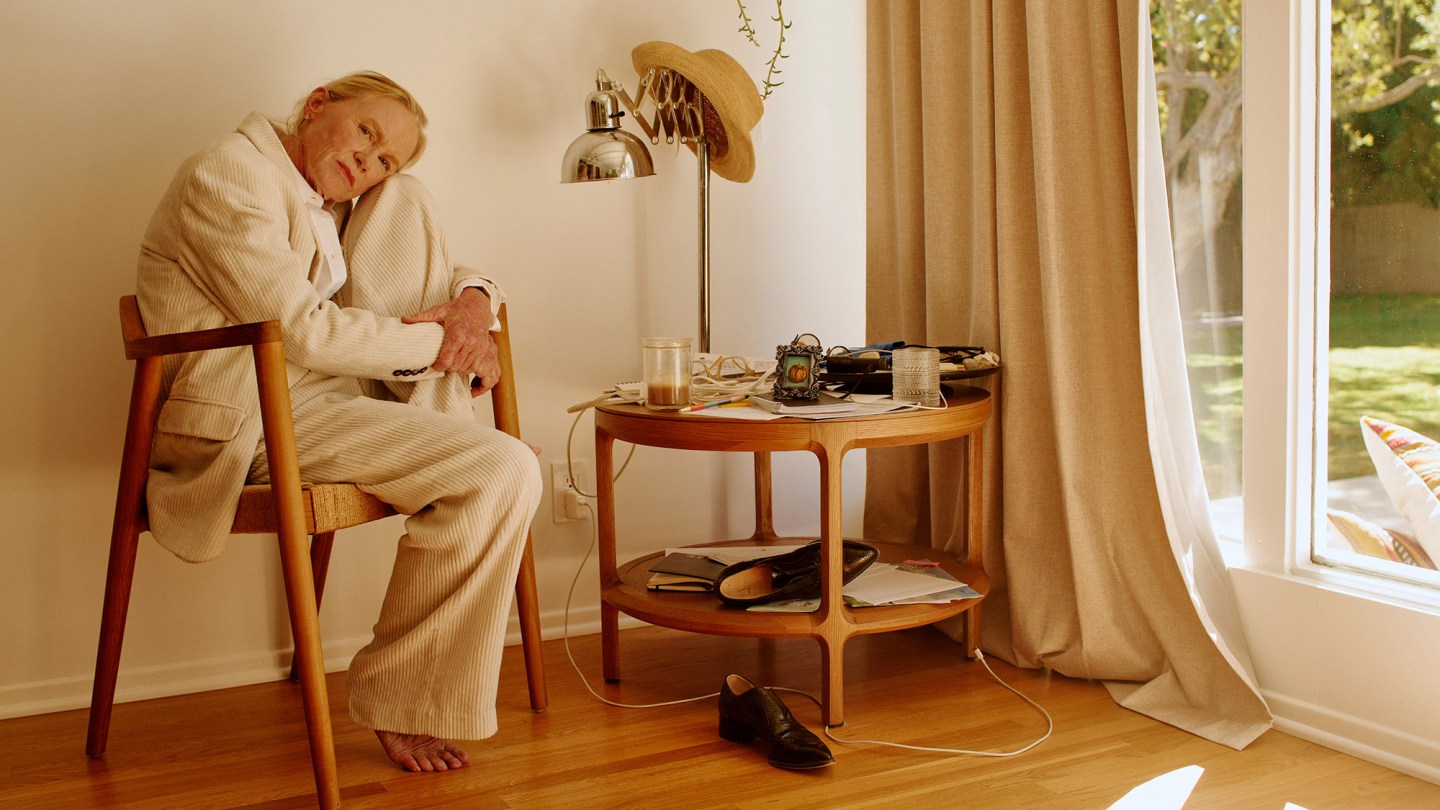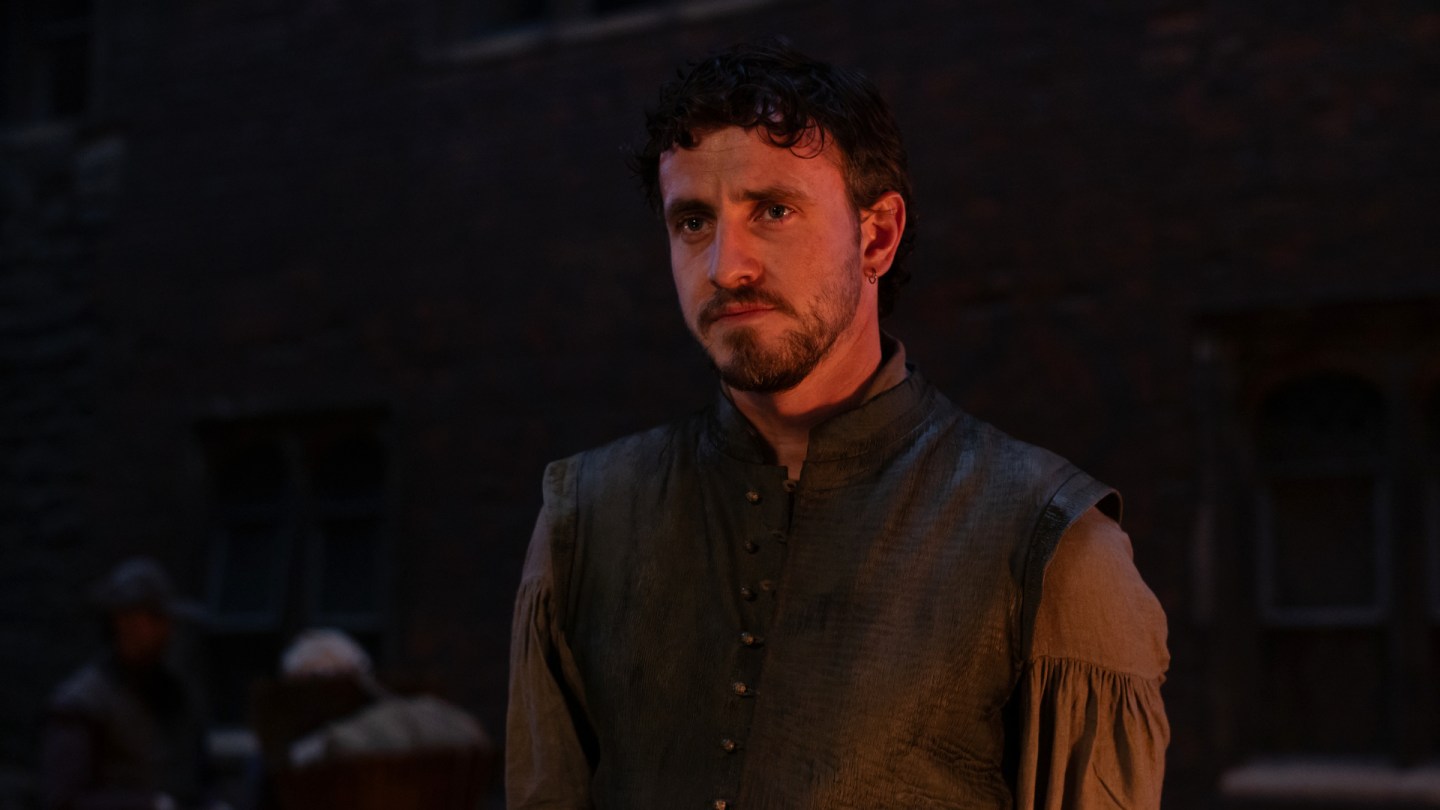Ready for a family story that will take you on a cinematic journey from the bustling, and frankly exhausting-looking, streets of Nepal’s capital Kathmandu to the majestic heights of the Himalayas? That’s just what French-Irish filmmaker Alexander Murphy’s feature documentary debut Goodbye Sisters does.
It tells the story of Jamuna, 21, and her younger sister Anmuna on what could well be their last trip to the mountains. Their mission? Harvesting yarsagumba, a rare and valuable creature that is part fungus, part insect. Selling it in the city would be very profitable and enable Jamuna to support her family and fund her planned studies in Japan.
The film world premieres on Monday in the international doc competition of the 29th edition of the Tallinn Black Nights Film Festival (PÖFF). As the festival website highlights, audiences are in for a journey that is “both heart-wrenching and uplifting.”
Directed by Murphy and co-written by him and Jean-Baptiste Plard, Goodbye Sisters was produced by Cosme Bongrain, with Anup Poudel as the co-producer. Alpha Violet is handling world sales.
THR talked to Murphy, who has previously made such short docs as Of Soul and Joy and Ndao Hanavao, about the genesis of the film, its themes of family and empowerment, why yarsagumba is being treated like gold, and the joys and challenges of filming in the Himalayas.
Check out a trailer for Goodbye Sisters here.
It all started with Murphy’s interest in the yarsagumbayou, a caterpillar fungus that is also sometimes called “Himalayan viagra.” “There are hundreds of tents up in the mountains, with people collecting this magic mushroom worth more than gold,” he tells THR. “There was something there that was quite fascinating. But to be honest, it wasn’t my cup of tea to make a documentary about a mushroom. But I said to myself, if I can find someone, a character, who can embody a profound story linked to it, then maybe there might be a great story for a film.”
So, in 2019, he went to Kathmandu and then on the arduous journey to an altitude of 5,000 meters. Traveling from village to village to village, he met Jamuna. “She is this wonderful, bright young girl with round glasses and different from others,” he recalls. “She speaks English. And I spend three or four days with her family rather than the chief of the village and get to ask all these questions about the harvesting and the backstory of the yarsagumbayou.”
Murphy also learned that the girl and her younger sister left home at a young age for what turned out to be a business pretending to be a school and an orphanage. Instead of teaching, it used kids for work purposes while also claiming money earmarked for orphans. “They tried to run away a couple of times. They got caught. But one of the sponsors of these girls came to Kathmandu, and she realized that there was a scam going on. So she was able to get them out,” Murphy tells THR. Since then, the girls have worked in the capital to make money for their rent and send funds to their family.
Murphy was hooked by the story and the girls’ strength and resilience. “I started to write a fictionalized script, inspired by Jamuna’s story,” he recalls. “But to be honest, I felt really uncomfortable. I felt if I made a film, it would be with Jamuna. We kept in touch for years, and in 2023, she called me and said, ‘Alex, I’m leaving. I’ve been struggling all my life, and I’m going to fight for a better future for myself, and I have this dream of going to Japan to study. So I’m going back to my village to say my last goodbyes to my parents, and maybe harvesting yarsagumbayou will help me a little bit to finance my trip.’ So I thought, well, we have to film now. That was really the beginning of the adventure.”
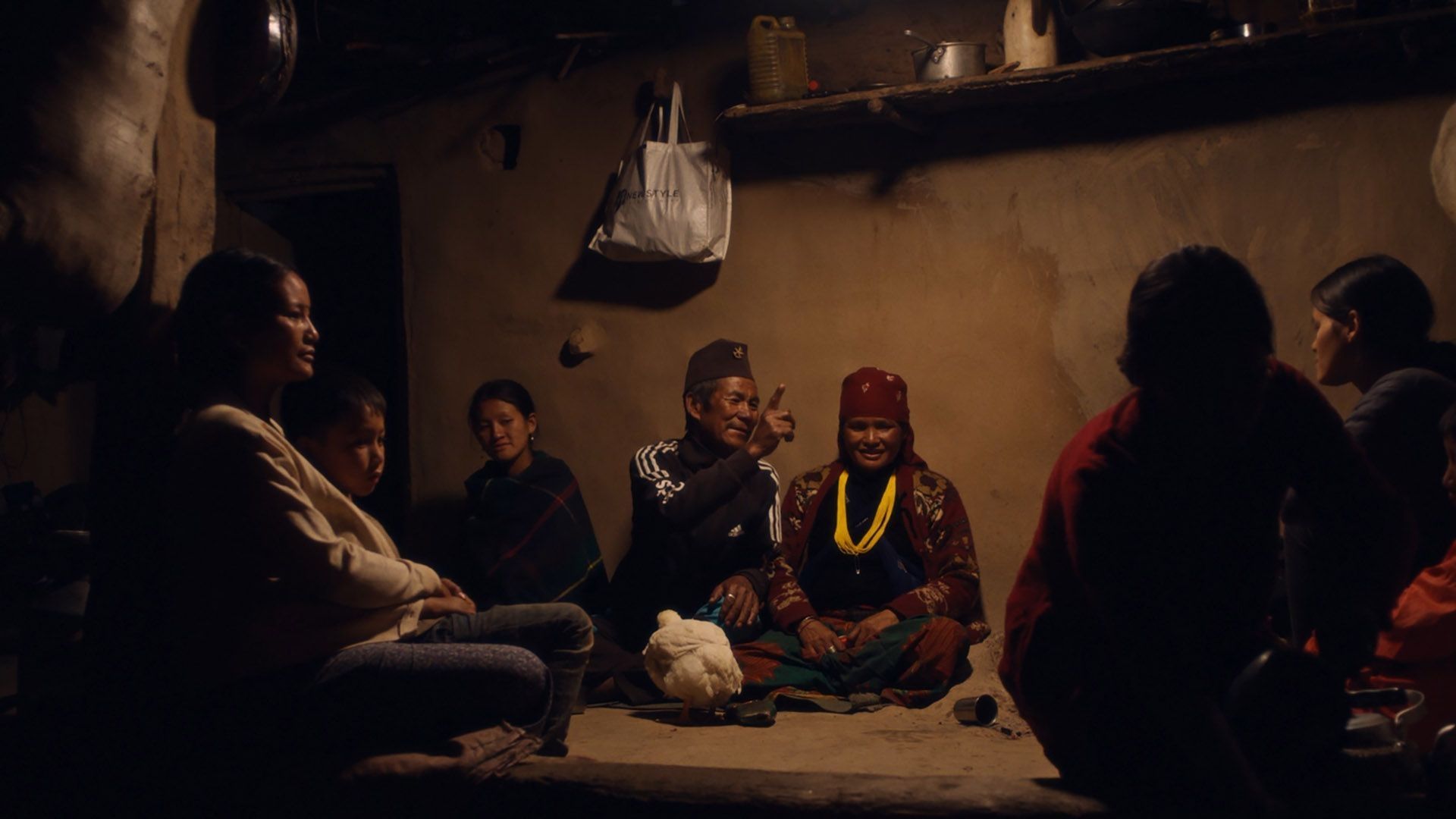
And what an adventure Goodbye Sisters is, both for the viewer and the family. The yarsagumbayou features as a golden ticket that can lighten financial worries. “There are all these human beings up there in the mountains for several months trying to collect this tiny mushroom that’s worth so much money,” Murphy explains. “It’s so important for them, because for most of them, it’s their only income of the year. And every year, there are more and more people trying to get that mushroom, and they take more and more risks, and people from the city come up in the mountains to try to collect this. It gets more and more dangerous because they hurry up and they’re not equipped. A lot of people die.”
But the filmmaker has seen a couple of documentaries about it and cared much more about the human side of the story. “My story was about these girls,” he emphasizes. “And I wanted to show in a very intimate way what immigration means, all the sacrifice behind it, and saying goodbye without having a return ticket.” Indeed, Jamuna in the movie tells her aging parents that she likely won’t be back in the next seven or eight years.
Most films about people who leave their homes focus on the success they have achieved abroad. “We always see the after,” says Murphy. “We never see the before, the moment where you actually leave and you’re saying goodbye and all the sacrifice behind that.”
Murphy also wanted to ensure that he would authentically tell Jamuna’s story. “For me, the most important thing was the relationship I had with the girls, and especially with Jamuna,” he tells THR. “We always had a back-and-forth conversation. I didn’t want to make my film and put my projection into this film. It was really important for me to have Jamuna as a key part of making this film. It is a universal subject and story, but it comes from the girls, and I wanted them to feel really properly represented.”
In addition to Jamuna and her family, the Himalayas feature prominently in Goodbye Sisters. “One of the characters is the mountain,” emphasizes Murphy.
What was it like to shoot so high up in cold and sometimes wet weather? “Imagine shooting every day with someone who’s completely bipolar,” he offers. “One moment, this mountain is beautiful and welcoming, it’s warm, it’s gentle. But in a split second, it can change completely, and suddenly you’re in these harsh conditions, and the temperature drops drastically, like 15 degrees. So you are suddenly in a completely different environment.”

The director felt the physical toll. “It’s quite dangerous, and I lost seven kilos in five weeks,” he shares with THR. “Those were extremely tough conditions. Your body’s always active, and you constantly wonder: ‘Did I get all the important topics and shots?’ Sometimes, we would walk 15, 16 hours to get one shot.”
Murphy knew he was doing right by the family and getting powerful material when Jamuna’s sister talked to him one day. “It was quite emotional to be honest,” he recalls. “She said thank you? She said, ‘thanks to you, I was able to talk about certain things that I never talked about to my family. The camera and the shoot were the excuse for me to be able to talk about certain topics that have been very taboo and that I never really tried to talk about.’ I was like, okay, I think we’re going in the right direction and got something here that’s really true and that has an impact.”
To feel the full impact of the film itself, Murphy says you have to see Goodbye Sisters in cinemas. “The film should never be seen on a small screen because there was a lot of work to bring the spectators up there with me and us to really feel they are at 5,000 meters altitude,” he explains. “There was a lot of work going into the editing and sound editing, because I wanted to bring that sensorial aspect into the film.”
Jamuna and her family haven’t seen the doc yet, but Murphy wants to bring the proper cinema experience to them. “The father was so proud to have us here to shoot the story of his girls, but people in his village were like, ‘they’re never going to make a film and come back’,” Murphy tells THR. “I could see in his face that he was really trying to say this is their moment. And for our goal now is to go back to the village and to show that film to everybody – to show them that we actually made it, and this is their incredible story.”
Concludes the director: “There are different casts in the village, and the family is a lower cast. Even the chief of the village asked, ‘Why are you making a film on them? Why are you not making a film on me?’ So, I want to go back there to show the film and show we did it about this family and say, ‘Look how incredible these girls are!’”

